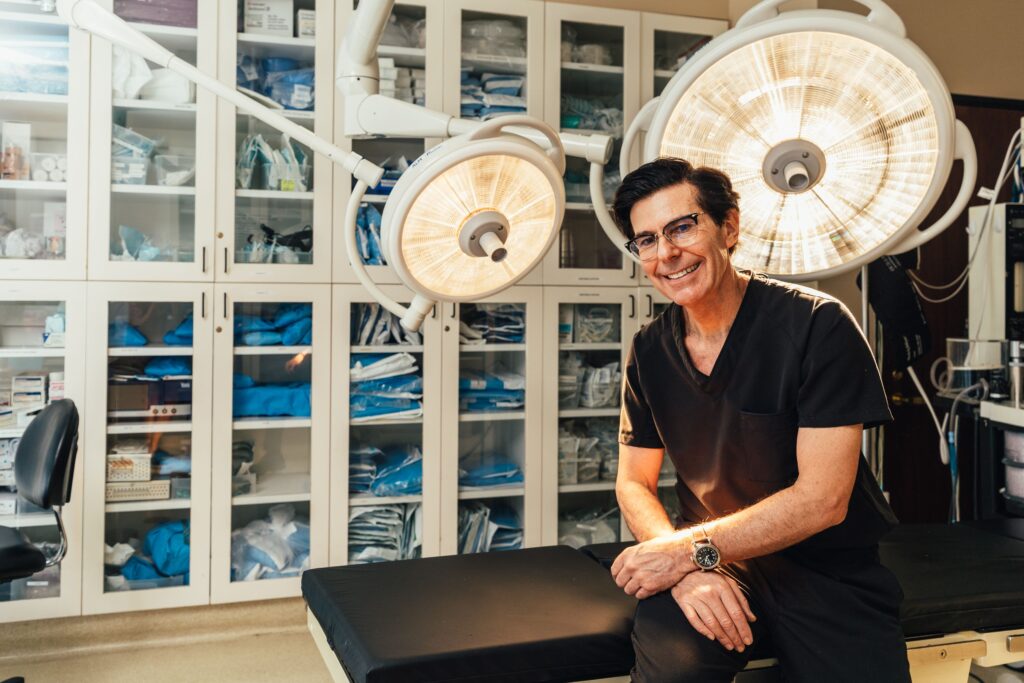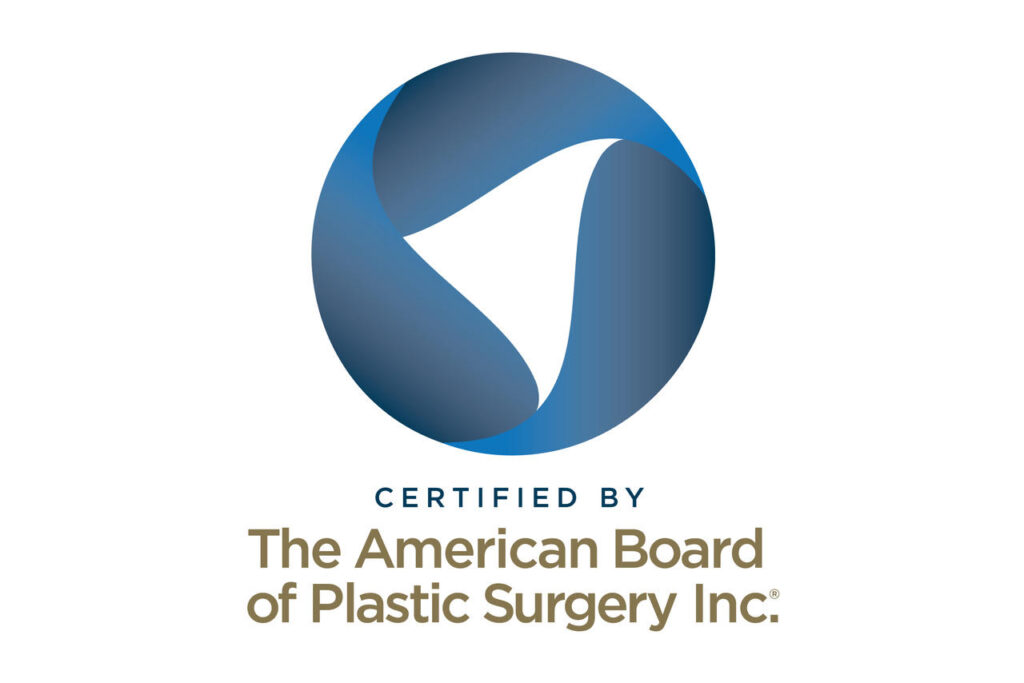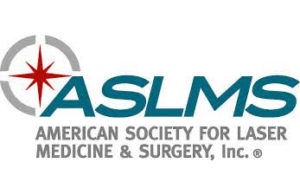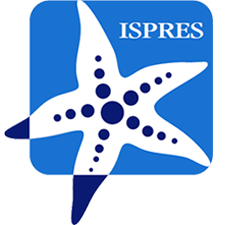Beverly Hills
Breast Reduction Surgery
Dr. Applebaum
Beverly Hills
Breast Reduction Surgery
Dr. Applebaum
EMBRACE A LIGHTER YOU
Eliminate Chronic Neck & Back Pain
Dr. Applebaum's Before and after Breast Reduction




Why Dr. Applebaum?
Dr. Applebaum has performed breast reductions for thirty years during his career and specializes in multiple reduction techniques, including techniques such as the French Vertical Mammoplasty, or “lollipop” breast reduction technique.
What is Breast Reudction Surgery
Breast reduction surgery, sometimes referred to as reduction mammaplasty, is a surgical procedure designed to remove excess breast glandular tissue, fat, and excess skin. The goal of breast reduction plastic surgery is to bring the size of a patient’s breasts more in proportion to their body and reduce physical and emotional pain and discomfort associated with having excessively large breasts, a condition known as macromastia.
Why Do People Consider Breast Reduction Surgery?
Women with large, pendulous breasts experience physical and emotional issues, including neck, shoulder, and back pain, poor self-esteem, and a lifetime of physical discomfort. Physical discomfort occurs as a result of the weight of excessively large breasts, which can contribute to physical ailments that include:
- Chronic neck pain, shoulder pain, and back pain, sometimes requiring pain medication
- Nerve pain
- Restricted physical activity due to pain associated with bouncing or moving breasts
- Chronic rash or skin irritation that occurs under the breasts
- Difficulty performing daily tasks, such as lifting, bending, and dressing, due to overly large breasts.
Women with excessively large breasts can also experience mental and emotional issues due to their shape. Mental and emotional issues that can impact a patient’s quality of life include:
- Poor self-esteem or reduced self-confidence as a result of large breasts
- Difficulty fitting into or purchasing flattering bras and clothing
- Unwanted attention as a result of large breasts
- Perceived social stigmas
- Unhappiness with the shape or size of the breasts or nipples
Some women may have average-sized breasts for many years and then gain excess breast tissue or experience pain due to heavy breasts after pregnancy and breastfeeding or after gaining a significant amount of weight.
There are many reasons why patients consider breast reduction surgery procedures with a board-certified plastic surgeon, with most patients experiencing a combination of the abovementioned challenges.

Back and Neck Pain
Women with excessively large breast develop both back and neck pain. The weight strain causes physical discomfort.

Deep Shoulder Grooves
Bra shoulder straps bear the bulk of the weight of the breast, and they would create uncomfortable grooves.

Skin Irritation
Skin irritation is often caused by overly large breast, which is caused by skin folds rubbing against each other.
Reviews
Reviews
Testimonial
I was very nervous when I went in for a breast reduction. I have a history of back problems and my breasts have caused scars from my bras; just trying to hold them up. I found Dr. Applebaum through some friends and a deep web search. When I looked at his before and after pictures I noticed that he’s work is amazing!






BREAST REDUCTION FAQs
Patients who undergo breast reduction surgery may experience physical, mental, and emotional benefits from the procedure. The benefits each patient experiences will be slightly different depending on their reasons for pursuing the surgery.
Common physical benefits of breast reduction surgery include:
- Reduction or elimination of chronic neck and back pain
- Reduction or elimination of grooves and indentations caused by bra straps digging into the skin
- Relief of nerve pain because the shoulders no longer roll forward and compress nerves
- Better sleep due to ease of positioning
- Better able to exercise or engage in daily activities because movement is no longer restricted
There are often also emotional and mental benefits associated with breast reduction surgery, including:
- Improved self-esteem and reduced self-consciousness
- Ease of finding clothing and bras that fit, are comfortable, and flattering
- Reduction of unwanted attention due to breast size
- Increased happiness with breast and nipple size and shape
The benefits each person experiences will be different depending on their unique anatomy and challenges.
Breast reduction surgery is a major surgical procedure. Like any surgery, some risks are associated with the procedure, such as adverse reactions to general anesthesia and the potential for bleeding and infection.
Other risks associated with breast reduction surgery include:
- Extensive or noticeable scarring, typically depending on the amount of breast tissue removed
- Reduction or loss of sensation in the nipples and areolae and the rare risk of skin loss or nipple tissue loss
- Temporary bruising
- Difficulty breastfeeding or inability to breastfeed
- Asymmetry in the size, shape, or appearance of the breasts after surgery, which may require surgical revisions
Dr. Applebaum is a board-certified plastic surgeon with more than 30 years of experience performing breast reduction surgeries. During your breast reduction consultation, he will discuss the potential risks associated with the procedure and how best to mitigate potential challenges.
One of the most common questions patients ask Dr. Applebaum about breast reduction surgery is what final breast size they can expect to achieve following the procedure. Unfortunately, there is no “one-size-fits-all” answer, as your final breast size is determined to some degree by your pre-operative breast size. Because of the importance of creating a beautiful, proportional breast as the final product, it is very difficult to go from very large sizes such as a “G” bra cup to a “B” cup.
During your consultation, Dr. Applebaum will discuss the various surgical techniques and options that could work for you and discuss realistic expectations regarding final post-operative breast size.
Although breast reduction surgery is often performed in part for cosmetic reasons, the surgery also has the potential to treat certain physical symptoms caused by excessively large breasts. This includes chronic neck, shoulder, and back pain, nerve pain, and skin irritation.
To be covered by health insurance plans, a patient’s physical symptoms must meet certain criteria. Most PPO insurance requires pre-authorization from your surgeon’s office, which includes clinical information and photos. Our office will submit the information to obtain pre-authorization. Some patients may have insurance coverage for this surgery, while others will not.
Dr. Applebaum performs breast reduction surgery using one of two common techniques for the procedure. There are options for the surgeon in performing a breast reduction procedure that vary based on the incision pattern and how the nipple pedicle is designed.
The options for the nipple pedicle include the inferior, superior/medial pedicles. Dr. Applebaum will discuss his preferences that will create a nicely shaped smaller breast. The two breast reduction procedures include vertical (lollipop) breast reduction and inverted T (anchor) breast reduction.
Vertical (Lollipop) Breast Reduction
The vertical (lollipop) breast reduction uses two incisions to remove excess fat, breast tissue, and skin from the breast. The first incision goes around the edge of the areola, while the other incision runs from the bottom to the crease under the breast.
The lollipop breast reduction technique is most appropriate for patients who need a mild to moderate reduction in breast size or those who want to reshape and lift the breast tissue due to sagging. Dr. Applebaum can remove skin, fat, and glandular tissue using this technique.
Inverted T (Anchor) Breast Reduction
The inverted T (anchor) breast reduction method uses the same two incisions as the vertical (lollipop) breast reduction and adds a third incision along the crease underneath the breast. Although more scarring is associated with this method, most of the scarring is concealed by the shape of the breast and the breast crease. With the anchor scar, a significant breast lift can be obtained.
This method is most appropriate for patients who desire significant size reduction, breast lift, and tissue removal because it allows more access to the breast tissue and an increased ability to reshape the breasts.
This method requires a slightly longer recovery than the vertical (lollipop) procedure but may be best for some patients.
During your consultation, Dr. Applebaum will discuss your options for breast reduction and learn about your goals for the procedure. He will determine the best procedure based on your unique anatomy and desired outcome.
Some patients may prefer a breast reduction procedure with a shorter recovery and less invasive scarring. For patients who desire small to minimal changes in breast size, liposuction may be an option for breast reduction.
Liposuction is most effective for patients whose breast tissue is mostly fat and who maintain good skin elasticity. Liposuction does not allow Dr. Applebaum to change the overall shape and contour of the breast, including the position of the areola and nipple.
Therefore, it is usually recommended only for patients who desire minimal changes to the size of their breasts.
By eliminating excess fat, tissue, and skin and changing the shape and contour of the breasts, a breast reduction surgery performed by Dr. Applebaum will lift the breasts into a more youthful, perky profile.
Patients typically experience improved firmness and a more symmetrical, proportionate shape without sagging. Patients who want to resolve sagging or hanging breasts but do not want to reduce their overall size should consider a breast lift rather than a breast reduction.
Dr. Applebaum has a private accredited office-based surgery center in Beverly Hills with anesthesia and nursing staff that are part of Dr. Applebaum’s healthcare team. The breast reduction procedure is an outpatient procedure; you will go home in the afternoon after your procedure.
Drains are not used in most breast reduction cases. In some instances drains are needed, however they are usually removed after the second post-operative day.
Breast reduction is considered surgery and requires some dedicated recovery time compared to other procedures. Immediately after the procedure, your incisions will be secured and covered with gauze and a surgical bra.
In some cases, patients may require a drain to remove excess blood or fluid; however, not all patients require drains. It is typically removed in the first few days following surgery if a drain is required.
Your breasts will likely be tender, swollen, and bruised in the weeks following surgery. Dr. Applebaum may recommend wearing a special compression bra to protect and support your breasts.
Physical activity will be limited during the first two to four weeks following the procedure, and it may take several more weeks before patients can resume high-impact activities such as running. Each patient is different, and Dr. Applebaum will provide specific instructions for your aftercare and post-operative treatment plan.
Some minor swelling may linger for several months after surgery, but your scars will likely fade gradually.
There are several factors to consider when determining the timing of your surgery to ensure that you receive the best results from your breast reduction procedure.
Patients still developing, such as those in their teenage years, may not receive permanent results if they have breast surgery before their breasts stop growing; thus, a revision may be required.
Patients who expect to lose or gain a considerable amount of weight, including women who plan to become pregnant and breastfeed, may want to consider holding off on surgery until they have reached their goal weight or are done breastfeeding.
Pregnancy, breastfeeding, and weight loss can considerably alter the size and shape of the breasts, potentially requiring revision surgery later in life.
Breast reduction surgery can also impact your ability to breastfeed, although some breast reduction specialists use surgical techniques that can help preserve this ability. If you plan to breastfeed after surgery, mention this during your consultation with Dr. Applebaum.
Because breast reduction is a major surgical procedure, it is also helpful to consider how the physical limitations of recovery can impact your life.
For example, women with physically demanding jobs or those with small children that are frequently held and carried need to ensure that they have support or time off from these responsibilities while recovering from surgery.
We Welcome Insurance Patients
Dr.Applebaum accepts most PPO insurances. We know insurance can be complicated, and we will help you understand your insurance benefits. If you qualify for breast reduction surgery, it can be performed at little or no direct cost to you.
Please fill out the below form and here back within 48 hours.